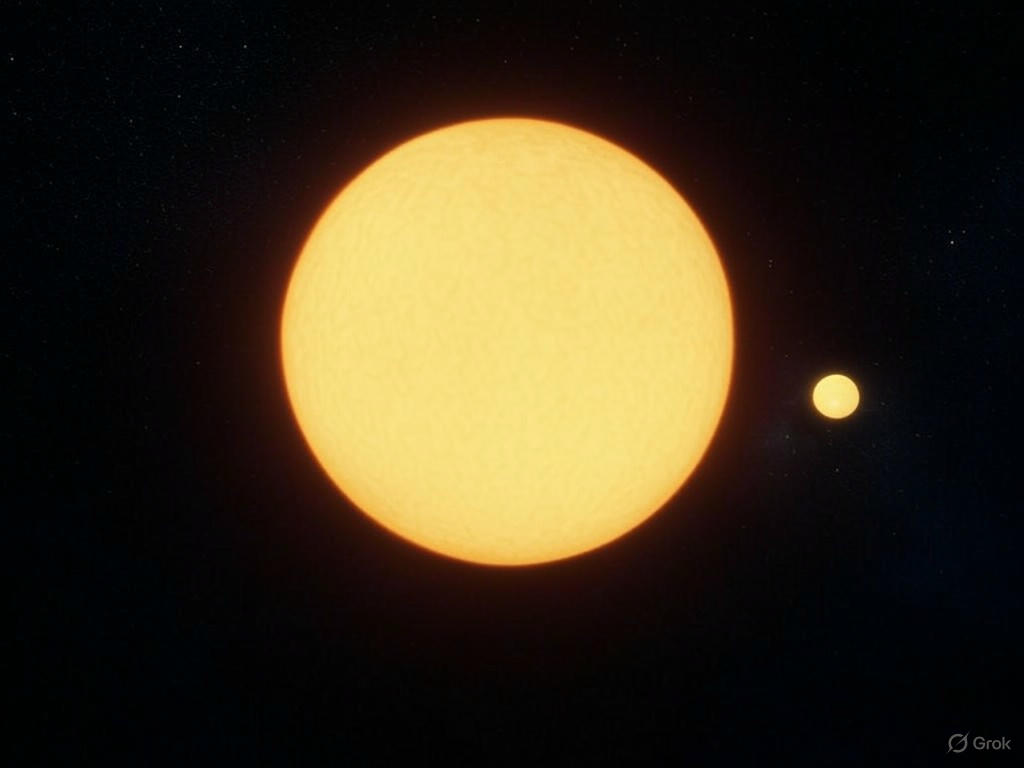The Cosmic Mystery: How a Tiny Star Forged a Massive Exoplanet
In a stunning revelation that has left the astronomical community scratching their heads, scientists have uncovered a baffling cosmic pairing: a diminutive star, barely larger than some gas giants, has somehow birthed an enormous exoplanet. This discovery challenges long-held theories about planetary formation and raises profound questions about the processes governing the universe. The finding, announced in early 2025, has sparked intense debate and curiosity among researchers eager to unravel the enigma of this unlikely stellar duo.
At the heart of this mystery is a star so small that it teeters on the edge of being classified as a brown dwarf—a ‘failed star’ that lacks the mass to sustain nuclear fusion like our Sun. Yet, orbiting this unassuming celestial body is a colossal exoplanet, a gas giant dwarfing even Jupiter in size and mass. Traditional models of planetary formation suggest that stars need significant mass and material in their surrounding disks to create such massive worlds. A star this small should, in theory, lack the resources to form anything larger than a modest rocky planet. So how did this giant come to be? The answer remains elusive, but the discovery is forcing scientists to rethink the boundaries of what is possible in the cosmos.
One hypothesis floating among astronomers is that the exoplanet may not have formed in the conventional way. Instead, it could be the result of a rare gravitational capture, where the tiny star ensnared a rogue planet wandering through space. Another theory posits that the star once had a much larger companion that shed material over eons, contributing to the exoplanet’s growth in an unconventional manner. Both ideas, while intriguing, are speculative and require further observation to gain traction. Advanced telescopes and upcoming space missions are already being tasked with studying this system in greater detail, hoping to detect clues in the star’s composition or the planet’s orbit that might explain their improbable relationship.
What makes this discovery even more captivating is its potential to reshape our understanding of planetary systems beyond our own. If tiny stars can host massive worlds through mechanisms we don’t yet comprehend, the universe might be teeming with unexpected pairings waiting to be found. This could expand the scope of where we search for habitable worlds or exotic systems, pushing the boundaries of astrobiology and stellar science. For now, this tiny star and its giant companion stand as a testament to the universe’s endless capacity to surprise us.
As researchers continue to probe this cosmic oddity, one thing is certain: the story of this unlikely duo is far from over. Each new observation brings us closer to deciphering the strange mechanics at play, reminding us that even in a field as ancient as astronomy, there are still mysteries waiting to be solved. This tiny star’s giant exoplanet may just be the key to unlocking a new chapter in our understanding of the cosmos.


